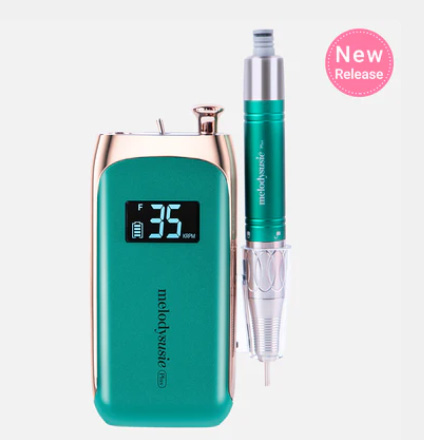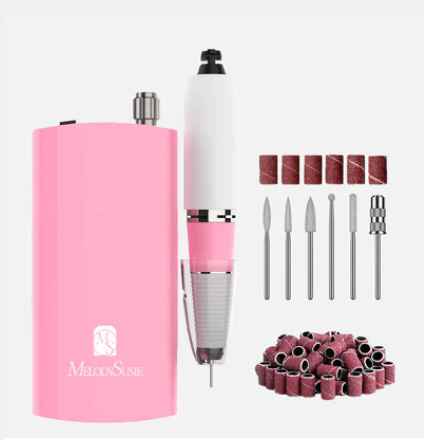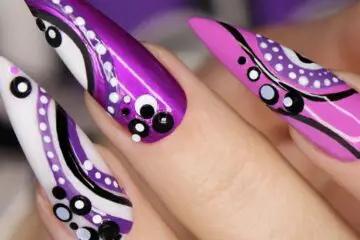what is polarity on nail drill? | Welcome to the world of nail drills! Have you ever wondered what polarity on a nail drill is and why it’s important? We’ve got all the answers right here. Polarity on a nail drill determines the direction in which current is applied, allowing technicians to achieve precise results in their work. In this article, we’ll explore what polarity on a nail drill is, why it matters and how to safely use it. Get ready to master this key concept in the nail tech world!
And don’t worry – there’s no need for a PhD-level understanding of electrical engineering here. We’ll break everything down into simple terms that even novice technicians can understand.
What is Polarity?
In the simplest terms, polarity refers to the direction in which current flows. It is indicated by a plus (+) and minus (-) sign. When plugged into an outlet, a nail drill will either supply positive or negative electrical current depending on how it’s wired and what kind of tool it is.
Why Does Polarity on a Nail Drill Matter?
Understanding polarity on a nail drill is important for two reasons. First, it ensures that the tool functions correctly and second, it prevents any potential damage from happening to your hands or the machine itself.
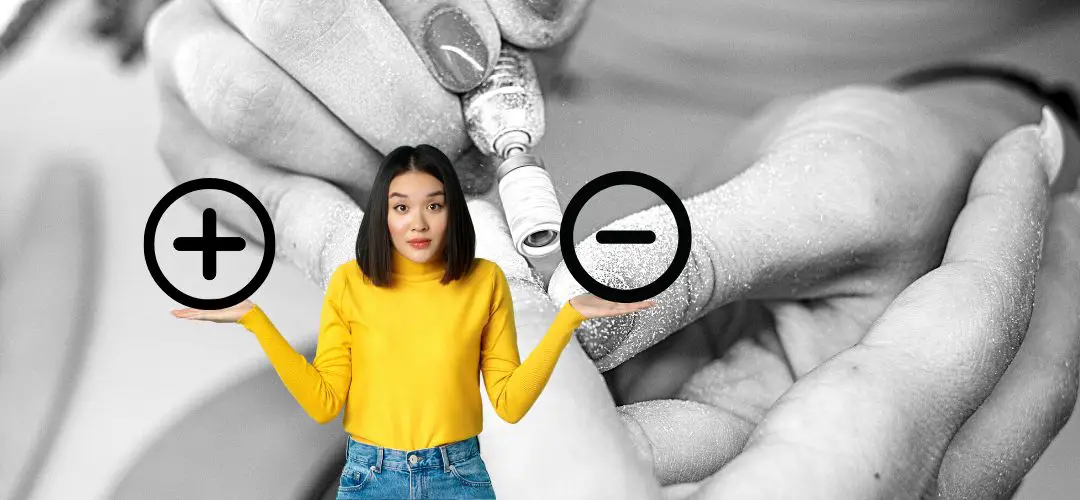
What kind of Polarity is best for acrylic nails?
When it comes to acrylic nails, the most important thing is to have proper polarity on your nail drill. Depending on the type of tool you are using and what kind of job needs to be done, different types of polarity may be more appropriate.
For example, if you’re trying to use a file or buffer on a natural nail, then a positive polarity setting is best. This will result in the drill providing an even amount of pressure and speed, making it easier to work with the nail.
On the other hand, if you’re attempting to do some detailed work on an acrylic nail – such as sculpting or filing – then a negative polarity setting is the preferred choice. This will cause the drill to run more slowly and apply more pressure, allowing for greater control and accuracy when working on the acrylic nail.
It’s important to note that some drills may be capable of switching between positive and negative polarities. In this case, you can use whichever type of polarity is most suitable for the job at-hand.
Can I use a nail drill with the wrong Polarity on gel nails?
It’s generally not recommended to use a nail drill with the wrong polarity on gel nails, as this could cause excess heat to be generated and potentially damage both your tools and your client’s nails. To ensure optimal results when working with gel nails, make sure you have the correct polarity settings.
Does the type of bit used affect Polarity?
Yes, the type of bit used can affect polarity. different types of bits require different amounts of voltage to perform optimally, and this is determined by the polarity setting. For example, if you’re using a large barrel bit with a positive polarity setting it will require more power than a small flat bit with a negative polarity setting. Additionally, some bits may require a specific polarity setting to function correctly. For instance, some diamond bits will only work with a negative polarity setting while others may require a positive one. So make sure you check the manufacturer’s instructions before attempting to use a new bit on your nail drill.
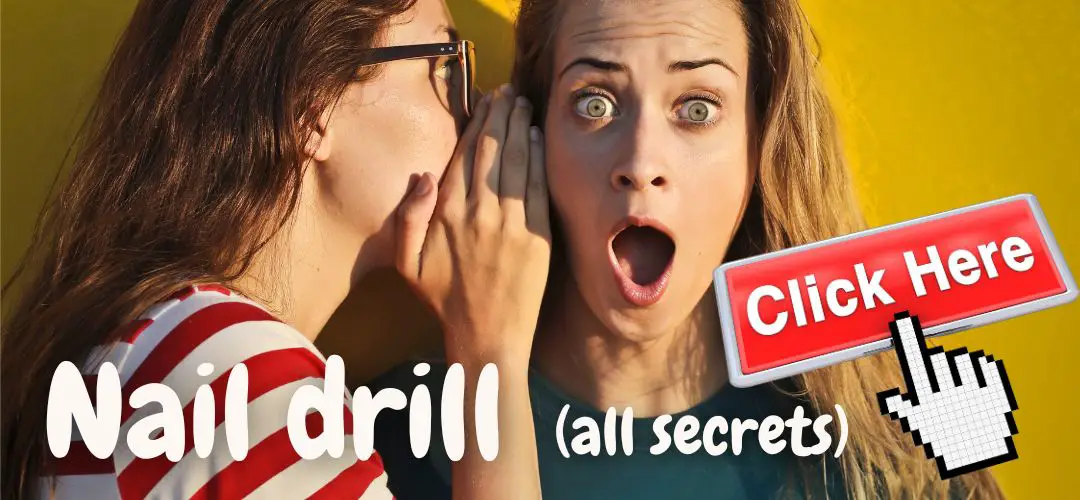
Will using a nail drill with incorrect Polarity damage it?
Yes, using a nail drill with the wrong polarity can cause damage to your tool and even potentially harm you or your client. All electrical tools, including nail drills, have specific polarity settings designed to ensure they function optimally and safely. If these settings are not adhered to it could lead to issues such as overheating, sparking, or even short-circuiting.
This is especially important when you’re using a nail drill with any kind of abrasive bit, such as diamond bits. These bits require more power than other types, and if the wrong polarity setting is used it can cause too much heat to be generated which can melt the bit or the nail. This can not only damage the bit, but it can also burn your client’s skin or cause other injuries.
Which direction should my nail drill go?
Your nail drill should always go in the same direction – forward. Regardless of the type of bit or attachment you are using, it is important that the drill moves in the same direction. This will help ensure that the tool runs smoothly and minimizes any potential risks from incorrect polarity settings.
When first starting up your nail drill, you should always make sure it is set to a low speed and pointed away from yourself or your client. Once the drill is ready, begin by slowly moving the bit forward in short strokes. Don’t apply too much pressure at first and listen for any unusual noises or vibrations that may indicate something is wrong.
What is the F and R on a nail drill?
The F and R on a nail drill indicate the forward and reverse switches. These switches allow you to control the direction in which your drill bit is spinning. By flipping the switch, you can change the direction of rotation from clockwise to counterclockwise (or vice versa).
What is the best voltage for a nail drill?
The best voltage for a nail drill depends on the type of bit being used and the polarity setting. Generally, higher voltages provide more power which can be beneficial when using diamond bits as they require more power to run optimally. Additionally, high-voltage settings are usually recommended for larger nail attachments such as barrel bits as they also require more power.
On the other hand, lower voltage settings are ideal for small attachments such as flat bits and carbide burrs. Lower voltage settings will also help prevent overheating and spark risks. Additionally, lower voltage can be beneficial for those with sensitive skin as it will reduce the risk of burning.
What happens if a drill bit isn’t long enough?
If a drill bit isn’t long enough, it can cause several issues. Firstly, the bit may not be able to reach far enough down into the nail bed to properly remove all of the debris from an acrylic or gel application. This can lead to residue being left behind which can interfere with proper adhesion and shorten the life of a manicure or pedicure.
Additionally, a short bit may not be able to properly reach into corners or other tight spaces where debris is likely to accumulate. This can lead to incomplete cleaning and an uneven finish on the nail surface which can make for an unprofessional-looking manicure or pedicure.
A short bit may not be able to properly remove all the product, especially if it is being used on a thicker nail. This can lead to excessive heat build-up which can cause injury to both the client and the technician.
For these reasons, it is always important to use a drill bit that is long enough for the job at hand in order to ensure a safe and satisfactory result. It is also important to always use the correct polarity setting in order to prevent any issues such as sparking or short-circuiting.
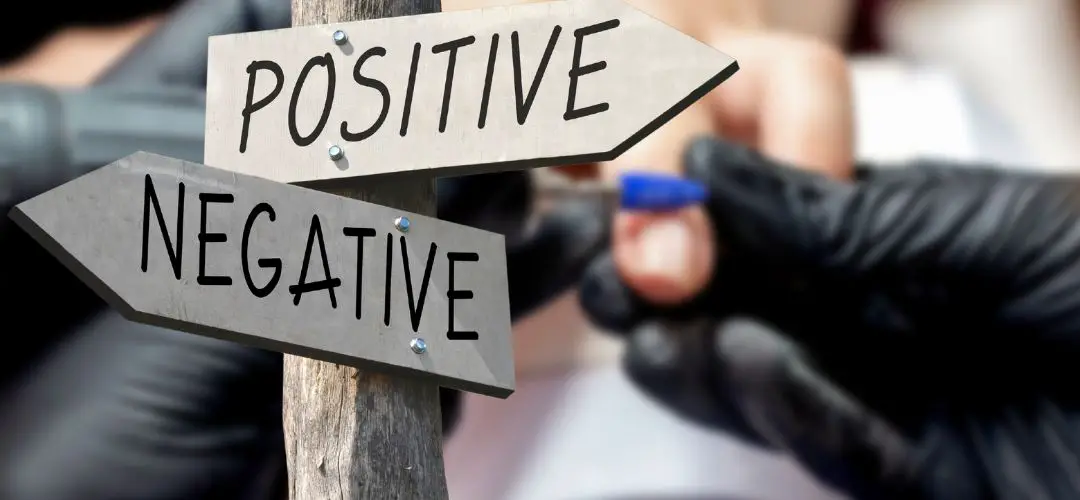
Does Polarity affect how quickly I can do nails?
Polarity does have an effect on how quickly you can do nails, as the wrong polarity setting could cause too much heat to be generated and damage your bit or even burn your client’s skin. It is therefore important to always use the correct setting, otherwise it could lead to a longer process time and possibly even painful consequences.
When running a nail drill with the correct polarity, it should run smoothly and efficiently. This will allow you to work quickly and accurately without too many stops or starts. Additionally, having the right setting can help reduce the amount of heat generated by the bit which is important for both comfort and safety.
Is Polarity universal on all nail drills?
Unfortunately, polarity isn’t universal on all nail drills as some models may have a different arrangement of switches and materials. However, most nail drills will feature either a forward/reverse switch or a +/- toggle that can be used to adjust the polarity setting accordingly. It is important to make sure the polarity is set correctly before starting a manicure or pedicure to prevent any issues.
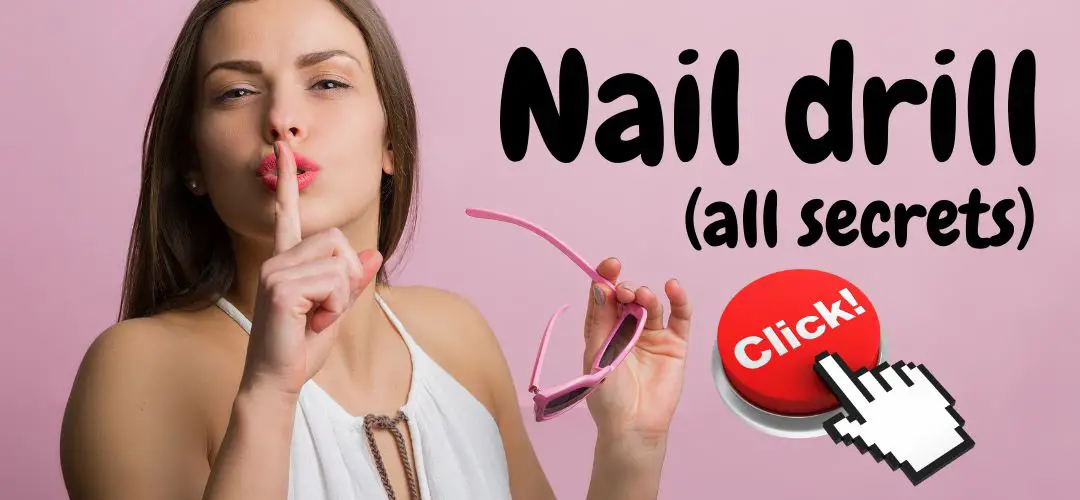
In conclusion | what is polarity on nail drill?
understanding how to adjust the polarity setting on your nail drill is an important skill for any technician. Not only can it help you work efficiently and effectively, but also help ensure that your clients are comfortable and safe during their treatment. So make sure to take the time to learn how to properly adjust your polarity setting and enjoy smoother nail drilling sessions!
